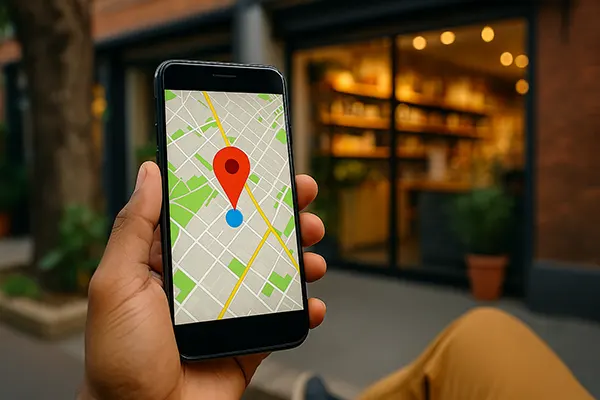
Local SEO after Google Maps Updates: What Has Changed for Small Businesses
Local SEO has undergone notable changes in 2025, especially due to the latest updates within Google Maps. For small businesses, these changes mean that visibility, customer acquisition, and online reputation management have become even more critical. In this article, we will explore the most significant updates and their implications for small businesses, focusing on practical steps that help companies remain competitive in local search results.
Key Updates in Google Maps Affecting Local SEO
One of the most important updates is the way Google Maps now prioritises business profiles. Listings with detailed information, recent activity, and accurate categories tend to rank higher. This update encourages small businesses to regularly update their profiles with photos, opening hours, and posts.
Another crucial change concerns reviews. Google has refined its algorithm to give more weight to authentic, recent, and detailed customer feedback. As a result, encouraging satisfied clients to leave reviews has become more important than ever. Fake or manipulative reviews are now more easily detected and penalised.
Additionally, proximity remains a strong ranking factor, but Google is increasingly combining location with relevance and service quality signals. For example, businesses slightly farther away but with stronger engagement metrics may appear above closer competitors.
How Small Businesses Can Adapt to These Updates
Firstly, maintaining an optimised Google Business Profile is essential. Every field should be completed with up-to-date information, from contact details to holiday opening hours. Businesses should also make use of the post feature to share news, promotions, and updates.
Secondly, an active review management strategy is crucial. Small businesses should not only collect positive feedback but also respond professionally to negative comments. This demonstrates accountability and increases trust among potential customers.
Finally, investing in high-quality visual content, such as images and short videos, can improve engagement and visibility. Google Maps now places a higher emphasis on interactive and media-rich listings, making them more attractive to users.
The Role of Local Content and On-Site Optimisation
Beyond Google Maps, local SEO is still highly influenced by website optimisation. Small businesses that create locally relevant content tend to perform better in search. For example, publishing blog posts about community events or local industry trends signals relevance to both users and search engines.
On-page factors remain important. Structured data markup helps Google understand business details such as location, services, and events. Mobile optimisation is also non-negotiable, as most users searching via Maps are on smartphones.
Local link-building remains a powerful strategy. Partnerships with nearby businesses, participation in local directories, and coverage in regional media outlets can strengthen domain authority and local rankings.
Practical Examples of Local Content Strategies
A restaurant might publish articles about local food festivals or collaborate with local bloggers to review seasonal menus. This content not only boosts visibility but also creates shareable material that enhances brand authority.
A service provider, such as a plumber or electrician, could publish guides addressing common issues in their local area. Tailoring these resources to neighbourhood-specific problems demonstrates expertise and builds trust.
Retail shops can highlight collaborations with local artisans, featuring stories that connect products with community culture. This approach attracts both local interest and stronger engagement metrics.

The Future of Local SEO for Small Businesses
As Google continues refining its local search systems, transparency, trust, and user experience will remain at the core of rankings. Businesses that provide authentic, detailed, and user-centred information will consistently outperform those relying on shortcuts.
Voice search integration is also shaping the future of local SEO. With more consumers using voice assistants to find services nearby, businesses must optimise their content for conversational queries and long-tail phrases.
Moreover, artificial intelligence is increasingly influencing search results. Google’s algorithms are now better at recognising patterns of user behaviour, such as repeat visits, dwell time, and interaction with listings, making user engagement a crucial ranking signal.
Steps to Future-Proof Local SEO Efforts
Businesses should start experimenting with voice search optimisation by including natural language in their FAQs and content. Answering questions directly in a conversational style improves the chances of being featured in voice results.
Another proactive step is investing in local advertising campaigns that integrate with Google Maps. Sponsored placements can complement organic efforts, especially in highly competitive markets.
Finally, continuous monitoring of analytics is vital. By tracking metrics such as direction requests, website clicks, and call volume, businesses can understand what drives customer engagement and refine their strategies accordingly.
